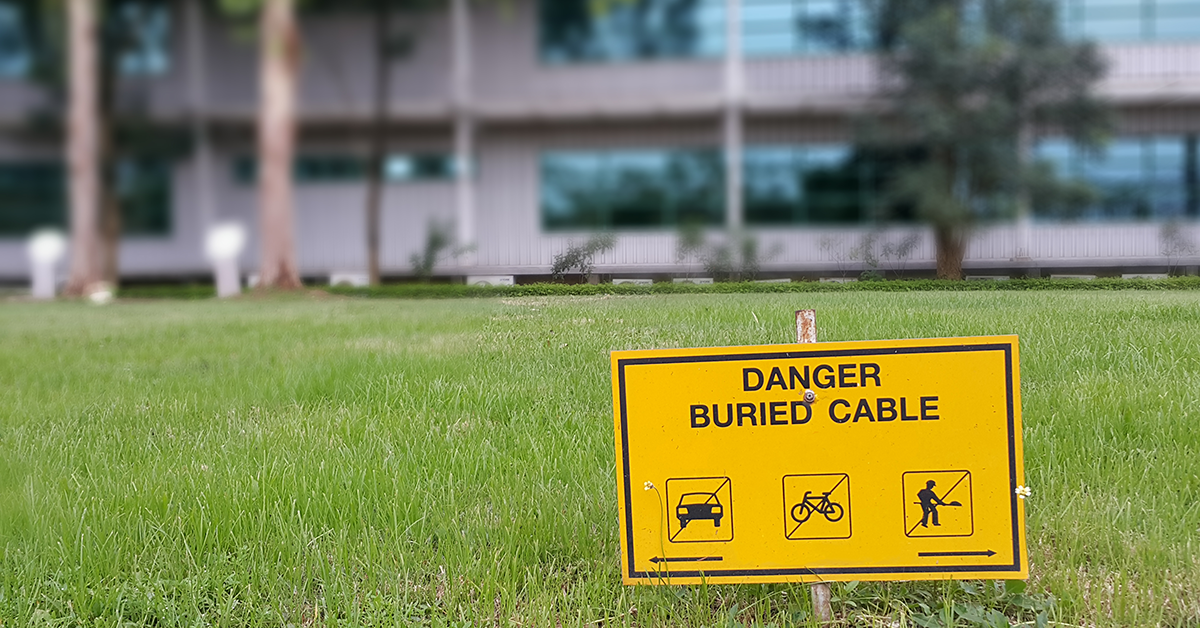The hidden hazards of buried service lines
The hidden hazards of buried service lines

Homeownership comes with joys and responsibilities, including protecting your property from unforeseen problems. While standard homeowners insurance covers many risks, hidden dangers lurk beneath the surface – literally. Buried utility lines, like water, sewer, and gas pipes, are vital lifelines but susceptible to damage. This is where buried line coverage, also known as service line coverage, steps in as your underground hero.
What is buried line coverage?
This optional add-on to your homeowners insurance extends protection to these essential buried lines. If a covered event, like wear and tear, freezing, or accidental damage, causes a breakdown, the policy kicks in. It covers the cost of locating, excavating, repairing, or replacing the damaged line, potentially saving you thousands of dollars.
Why is it important in New York?
New York's diverse climate, aging infrastructure, and unpredictable weather events make buried line coverage particularly valuable. Harsh winters can freeze pipes, heavy rains can cause them to shift, and even tree roots can wreak havoc. Without coverage, homeowners are solely responsible for these often hefty repair bills.
What does it cover?
Coverage varies depending on the insurer, but typically includes:
- Water service lines: Leaks, breaks, clogs, and freezing.
- Sewer lines: Breaks, collapses, clogs, and root intrusion.
- Gas lines: Leaks, breaks, and corrosion.
- Electrical lines: Damage caused by external events (not power surges).
Additional benefits:
- Peace of mind: Knowing you're protected from unexpected expenses brings valuable peace of mind.
- Faster repairs: Prompt repairs minimize damage and inconvenience.
- Potential discounts: Some insurers offer discounts for bundling this coverage with your homeowners policy.
Things to consider:
- Cost: Premiums vary, but expect to pay between $15 and $100 annually.
- Coverage limits: Standard limits can range at around $10,000, consider if it's enough for potential repairs.
- Deductible: Choose a deductible you're comfortable affording in case of a claim.
- Specific exclusions: Review the policy carefully to understand what's not covered (e.g., damage caused by negligence).
Taking action:
Contact your insurance provider to discuss buried line coverage options. Consider factors like your property size, age of utilities, and budget. Compare quotes from different insurers to find the best value. Remember, a few extra dollars a month can prevent a financial and emotional burden down the line.
Don't let hidden dangers turn into financial headaches. The advisors at AAA Insurance can help you understand and acquire buried line coverage so you can protect the investment in your home.












